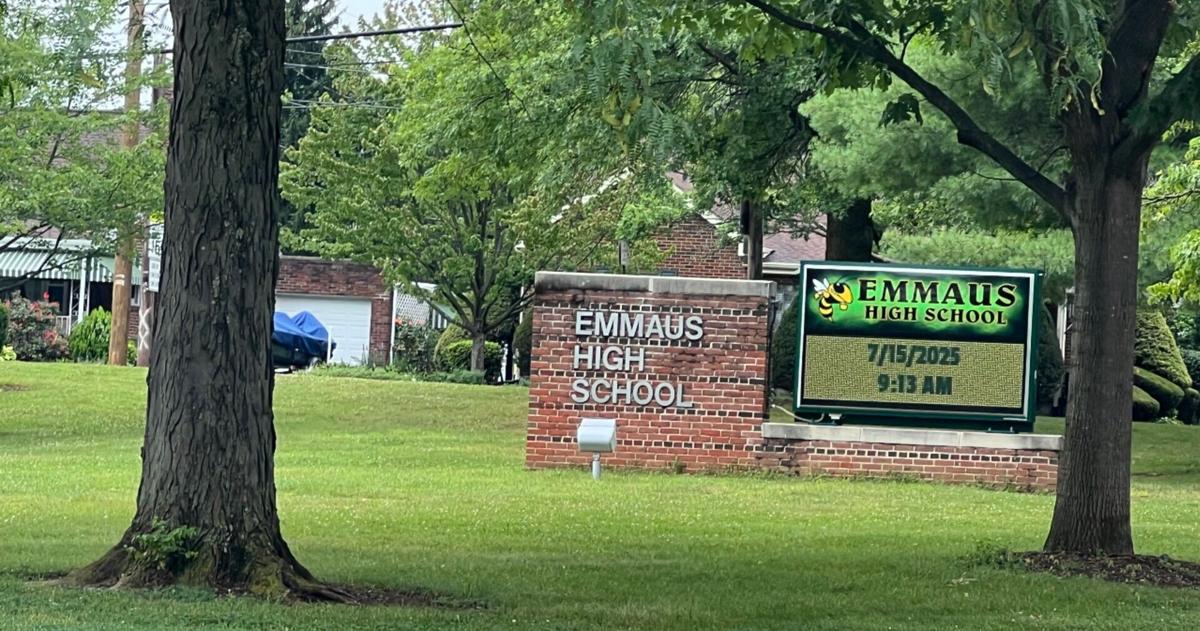EMMAUS, Pa. – East Penn School District’s board of directors on Monday heard an update on how artificial intelligence is being integrated into district campuses.
“I just think it’s awesome how you guys are embracing AI head-on…that it’s the future, [and you’re] leveraging it and adopting it,” said board member Jeffrey Jankowski.
Since adopting a policy governing AI use in September 2024, the technology has been the subject of ongoing study among the district’s technology professionals.
According to Michael Billman, the district’s director of technology, East Penn’s work has included identifying model AI policies and creating an “AI Student Training Model” to give students a platform for feedback, questions and concerns. Billman said the five-to-six-minute video introduces students to AI and discusses safe, prudent and ethical use of the technology.
Comprehension of the concepts was tested among secondary students who took a quiz after viewing the video, while elementary students viewed it as a class discussion. Administrators received 2,500 responses.
Dylan Peters, technology integration specialist, who presented with Billman, said, “It was very important that they all felt heard; they had very valid concerns.”
Billman said the district will use several AI programs, including Canva, Adobe Firefly, and Google Gemini for Education.
“We’re very proud to support the use of AI for our students and staff,” said Superintendent Kristen Campbell.
Projected enrollment
In other business, the board heard presentations on projected enrollment and facility needs.
Zach Worthen from PowerSchool presented the 2025 enrollment forecast report, which focused on secondary students. High school students will be studied next spring, he said. The report takes a variety of factors, such as proposed new developments, to predict future student populations.
Overall, the district’s enrollment shows a slight decline in the years ahead, mitigated by residential development, Worthen said. He noted the trend mirrors broader declines in U.S. education and housing.
According to the projections, East Penn could see a reduction of up to 1,000 students by 2035. Worthen said development figures are based on real and approved construction permits.
District enrollment was 8,005 in 2022 and 7,709 in 2025. By 2035, projections range from 6,991 in a conservative model to 7,748 in a moderate one.
Board President Joshua Levinson asked how new development factors into those projections, noting that housing types affect enrollment. Single-family homes, for instance, tend to yield fewer students than apartment buildings.
Additional development above predicted and actual construction could increase enrollment, Levinson said.
Board member Michael Felegy argued the report did not reflect growth among kindergarten through fifth-grade students whose families are moving into new developments in the district.
“People are going to come to me and say we don’t have growth,” Felegy said.
Classroom utilization assessment
In a related report, the board reviewed an elementary classroom utilization assessment.
Officials said classroom space has been reallocated to meet evolving program needs such as special education and academic support, reducing overall building capacities.
Fifty elementary spaces are not designated for current educational use, and the spaces are not equitable across the seven schools. Most schools also lack space for an Innov8 program or other new offerings.
Some spaces are now used for nontraditional instruction to provide more individualized student support.
At the middle school level, open layouts cause instructional, acoustic and circulation challenges. Lower Macungie Middle School also has an undersized cafeteria.
Officials said enrollment projections worsen existing space constraints tied to makeshift classrooms.
The presentations stemmed from a board vote last month to reopen a feasibility study first presented about 18 months ago. At that same meeting last month, the board also voted to pause its K-8 realignment plan.
At the time, Campbell said the pause allows time for administrators to review enrollment, building capacity, redistricting and renovation options before moving forward.

